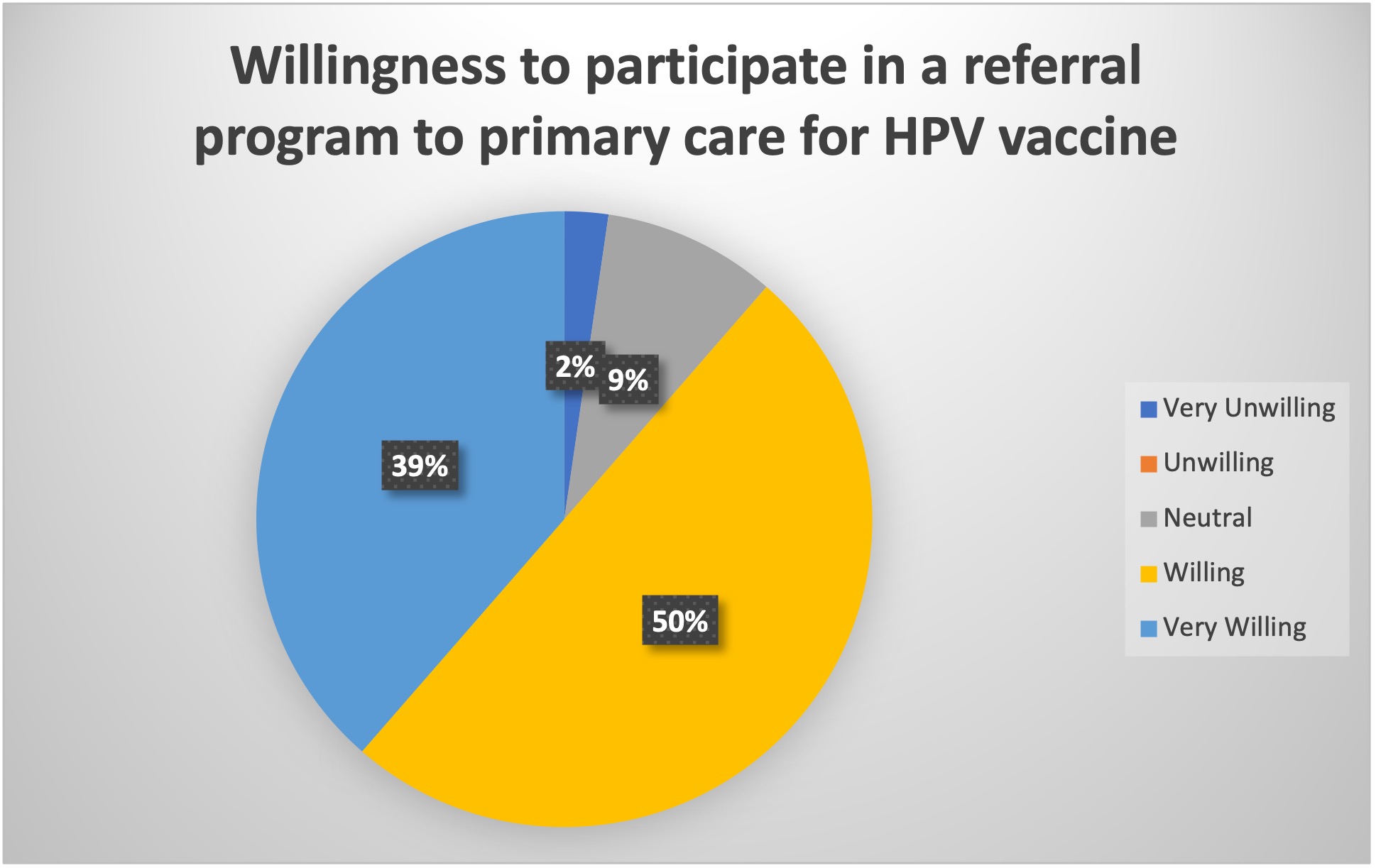Immunizations/Delivery
Immunizations/Delivery 2
434 - Dental Professionals’ Perspectives on Participating in a Medical Dental Integration Program to Promote and Administer HPV Vaccines
Sunday, April 30, 2023
3:30 PM - 6:00 PM ET
Poster Number: 434
Publication Number: 434.323
Publication Number: 434.323
Sarah Shortall, University of Colorado School of Medicine, Centennial, CO, United States; Luis C. Barrientos, University of Colorado School of Medicine, Denver, CO, United States; Jessica Jack, University of Colorado School of Medicine, Denver, CO, United States

Sarah Shortall, BA (she/her/hers)
Medical Student
University of Colorado School of Medicine
Centennial, Colorado, United States
Presenting Author(s)
Background:
Background: Human papillomavirus (HPV) is found in over 90% of cervical cancers and 70% of oropharyngeal cancers. However, current vaccines offer up to 90% increased protection against oncogenic strains of the virus.
Objective:
Objective: Vaccine hesitancy and barriers to healthcare access both create obstacles to achieve vaccine completion. Utilizing medical-dental integration within a federally qualified health system has the potential to both increase education surrounding the vaccine and increase vaccination rates. This project aimed to evaluate perceptions of oral health providers and staff in a federally qualified healthcare system on their role in educating and vaccinating against HPV.
Design/Methods: METHODS: A cross-sectional self-administered 34 item adapted validated survey was conducted in a sample of 44 dental providers, hygienists, and dental staff within six dental clinics. Clinics were participating in a project to provide same day HPV vaccinations utilizing medical-dental integration (MDI). Results were analyzed on a 3-5 point Likert scale.
Results:
Results: 88.6% of all staff were “very willing” or “willing” to participate in a referral program to primary care for vaccination (Figure 1). 95.0% of surveyed dentists and hygienists believed discussing the link between HPV and oropharyngeal cancer fell within their practice scope (N = 20) and 65.0% of this group felt administering the vaccine itself was within their scope (Figure 2). The majority of those who responded (86.4%) were “very willing” or “willing” to have front desk staff or other personnel identify vaccine eligible patients during the check-in process and counsel eligible patients about the HPV vaccine.
Conclusion(s):
Conclusions: Dental providers feel educating regarding and vaccinating against HPV is within their scope and utilizing the bi-annual touchpoint of this type of practice within an integrated health system is an opportunity to increase vaccination in pediatric populations. A model with medical-dental integration could inspire a more united front in favor of vaccinations in general and instill a culture of promotion and acceptance within the communities that they serve.

.jpg)
